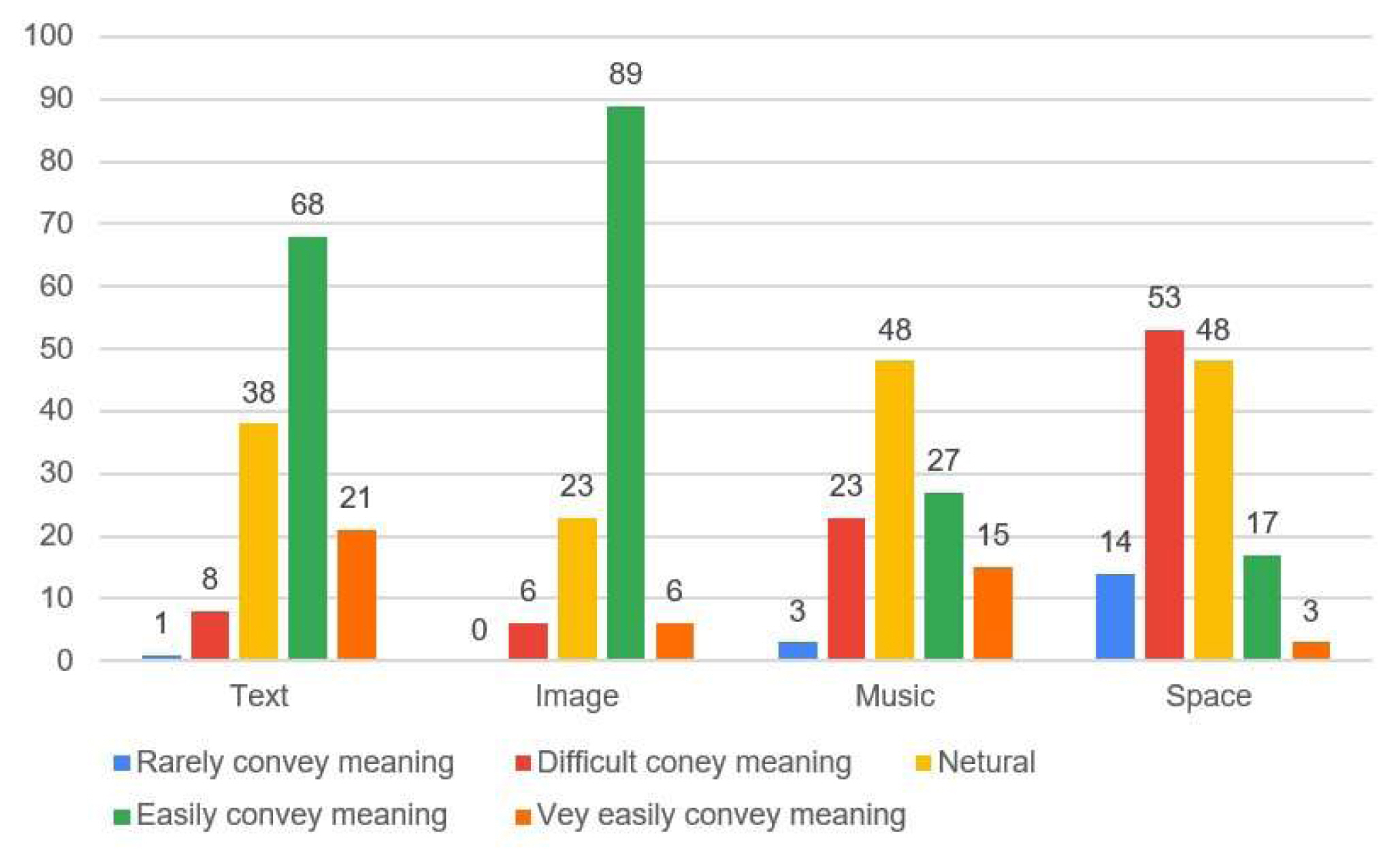Barton, G, & Unsworth, L (2014). Music, multiliteracies and multimodality: Exploring the book and movie versions of Shaun TanтАЩs
The lost thing
.
Australian Journal of Language and Literacy. 37(1), 3-20. Retrieved from
http://hdl.handle.net/10072/59239
.


Birello, M, & Pujol├а, JT (2020). The affordances of images in digital reflective writing: An analysis of preservice teachersтАЩ blog posts.
Reflective Practice,
21(4), 534-551.
https://doi.org/10.1080/14623943.2020.1781609
.

Bolin, G (2007). Media technologies, transmedia storytelling and commodification. In T Storsul & D Stuedahl (Eds.), Ambivalence towards convergence: Digitalization and media change. pp 237-248. G├╢teborg, Sweden:Nordicom.
Day, D, & Lloyd, M (2007). Affordances of online technologies: More than the properties of the technology.
Australian Educational Computing. 22(2), 17-21. Retrieved from
https://eprints.qut.edu.au/17291/
.
Gibson, JJ (1979). The ecological approach to visual perception. Boston, MA:Houghton-Mifflin.
Gilster, P (1997). Digital literacy. New York, NY:Wiley.
Ibarra-Rius, N, & Ballester-Roca, J (2013). The book trailer in the reading and literacy training of future teachers. In ML Carri├│-Pastor (Ed.), Teaching language and teaching literature in virtual environments. pp 246-254. New York, NY:Springer.
Ibarra-Rius, N, & Ballester-Roca, J (2019). Digital storytelling in teacher training: Development of basic competences, creativity, and multimodal literacy through book trailers. In ML Carri├│-Pastor (Ed.),
Teaching language and teaching literature in virtual environments. pp 241-254. New York, NY:Springer.

Jenkins, H (2006). Convergence culture: Where old and new media collide. New York, NY:Routledge.
Kalantzis, M, & Cope, B (2012). New learning: Elements of a science of education. Cambridge, UK:University of Cambridge Press.
Kennewell, S (2001). Using affordances and constraints to evaluate the use of information and communications technology in teaching and learning.
Journal of Information Technology for Teacher Education,
10(1&2), 101-116.
https://doi.org/10.1080/14759390100200105
.

Kimber, K, & Wyatt-Smith, C (2008). Assessing digital literacies: Can assessment ever be the same? In L Unsworth (Ed.), New literacies and the English curriculum. pp 328-352. New York, NY:Continuum.
Kress, G (2003). Literacy in the new media age. London:Routledge.
Kress, G (2009). What is a mode? In C Jewitt (Ed.), The Routledge handbook of multimodal analysis. pp 54-67. London:Routledge.
Kustritz, AM (2014). Seriality and transmediality in the fan multiverse: Flexible and multiple narrative structures in fan fiction, art, and vids.
TV/Series,
6, 225-261.
https://doi.org/10.4000/tvseries.331
.

Ponomareva, L, Blyasova, IY, Novikov, KA, Dubskich, TM, & Achmetova, KS (2020). Book trailer as an innovative technology for the formation of studentsтАЩ educational independence during the COVID-19 coronavirus pandemic.
Advances in Social Science, Education and Humanities Research,
48, 146-154.
https://doi.org/10.2991/assehr.k.201105.028
.

Reid, M, Parker, D, & Burn, A (2002). Evaluation report of the Becta digital pilot project. Coventry, England:Becta.
Schnaider, K, Gu, L, & Rantatalo, O (2020). Understanding technology use through multimodal layers: A research review.
International Journal of Information. 37(5), 375-387. Retrieved from
https://www.emerald.com/insight/2056-4880.htm
.

Selwyn, N, & Facer, K (2007). Beyond the digital divide: Rethinking digital inclusion for the 21st century. Bristol, England:Futurelab.
Serafini, F (2011). Expanding perspectives for comprehending visual images in multimodal texts.
Journal of Adolescent & Adult Literacy,
54, 342-350.
https://doi.org/10.1598/JAAL.54.5.4
.

Taylor, J (2011). Selling literacy: A young teacherтАЩs tale of getting her students excited about text.
Language Arts Journal of Michigan. 27(1), Article 6.
https://doi.org/10.9707/2168-149X.1829
.

Unsworth, L (2008). Comparing and composing digital representations of literature: Multimedia authoring and meta-communicative knowledge. In L Unsworth (Ed.), New literacies and the English curriculum. pp 186-212. New York, NY:Continuum.
Ward, CS, & Gramer, MF (2015). Q: Skills for success reading and writing 3. New York, NY:Oxford University Press.









 PDF Links
PDF Links PubReader
PubReader ePub Link
ePub Link Full text via DOI
Full text via DOI Download Citation
Download Citation Print
Print






